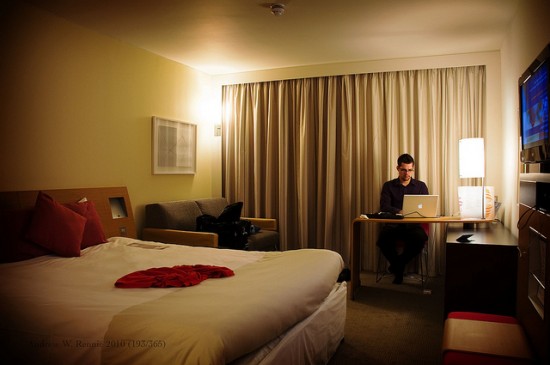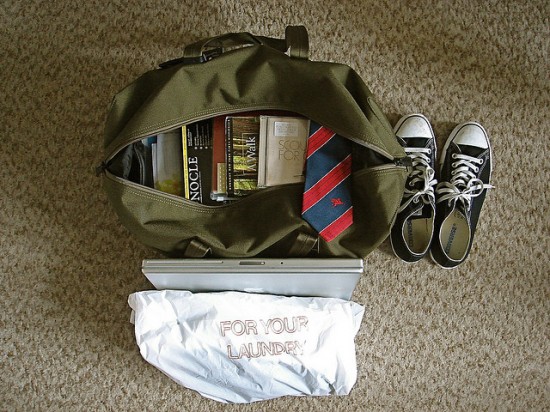I write about this almost unwillingly; I’m scratching just thinking about these minuscule monsters. What am I talking about? Bed bugs! Three years ago my son and I brought home these tiny, unwanted terrorists from one of several hotels we stayed in during a five-day college visit road trip. Before we knew what had happened, they advanced in a multi-frontal attack, occupying two bedrooms and plotting to overtake as much territory as possible.
To win this war, we had to enlist a coalition of ghostly fighters in grey hazmat suits, the latest chemical warfare and a trusty, bug-sniffing beagle named Roscoe. Eventually we won the battle, but it was a grueling two-week experience that we have never forgotten. As many New Yorkers already know, bed bugs are everywhere—subway cars, offices, department stores, movie theatres, everywhere. But of all the places they hide, hotels—with their never-ending flow of new overnight guests—are one of the most likely places for the little creatures to hop a ride to your home on your clothes or bags.

Yet, as a hospitality professional, my initial disgust quickly turned to curiosity—and the data I found was shocking. According to the Bed Bug Registry, not only is New York City the bed bug capital of America, but the list of affected hotels encompasses everything from Economy Inns to $700+ per night luxury suites. Not only are these little critters a customer service issue, but they are also a public relations nightmare for any hotel unlucky enough to be under attack. So what’s a hotel to do? It’s basically impossible to prevent bed bugs from entering, given that travelers are an easy transport mode for the creatures.
That leaves proactive initiatives as the best course of action, specifically in two areas: Inspect to Protect and Damage Control. Since complete prevention is impossible, the next best thing is to minimize the potential problems with early detection, otherwise known as Inspect to Protect. Many hotels have “Bed Bug Action Plans” that combine monthly pest control inspections by an outside exterminator with an ongoing training of all employees—not just housekeeping staff—on how to spot signs of an infestation. In one case, a hotel was cited as offering monetary rewards to any employee who spots signs of bugs. (That said, employees could also be the source of the problem. Regular inspection of staff locker rooms, break areas and hallways should be part of any hotel’s action plan.)

If you do spot an infestation, the next step is Damage Control: a response plan for those times when a guest spots the infestation first. This may include moving the guest to another room, refunding the room charge, and a scripted apology (both verbally and in writing to the affected guest). Tantamount to these customer service efforts, the room should be inspected immediately and taken out of service until the problem is under control. Moreover, the complaint should be recorded and documented. Whenever bed bugs are spotted, the pest management company should be called immediately. Bed boards, mattresses, box springs and furniture must be either properly treated or correctly disposed of. The rooms that adjoin the affected room on both sides, as well as above and below the room, should also be inspected. In 48 to 72 hours, the room should then be re-inspected. If all is clear, the room can promptly be returned to service. But in 14 days time, and then again in 28 days time, the room should be re-treated to proactively eliminate any lingering bugs that might have hatched since the first visit.

If a guest writes about the hotel bed bug incident on a social media profile, a review site such as TripAdvisor or elsewhere, the hotel management or public relations team should respond as quickly as possible, in an effort to minimize the concern. Communicating the proactive measures taken by the hotel is an excellent way to mitigate any issues that may arise. Be advised, these sorts of online comments may be difficult to detect before growing out of control. That is why the use of a real-time net browsing system to spot comments about your business is a highly effective way to maximize damage control. There is no easy solution to the bed bug problem. As a guest, I have no interest in potentially inviting these critters back into my home, but as professional, I know that these infestations are an ongoing problem regardless of the cleanliness or prestige of a given hotel. Luckily, for both hotel management and their customers, enacting proactive, vigilant screening and response processes can help minimize experiences like mine in the future.
For more articles on new and trends in the hospitality industry, click here.




